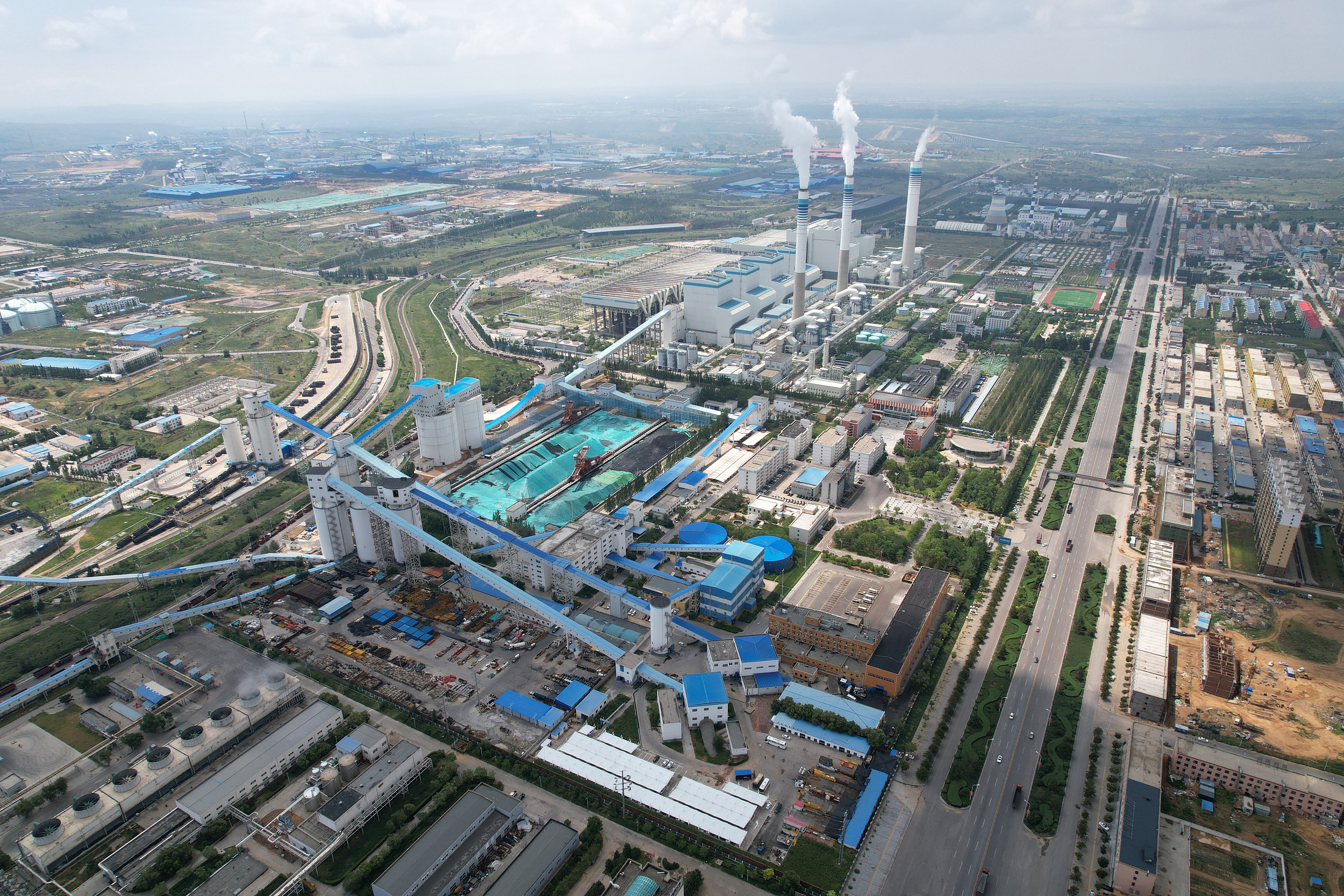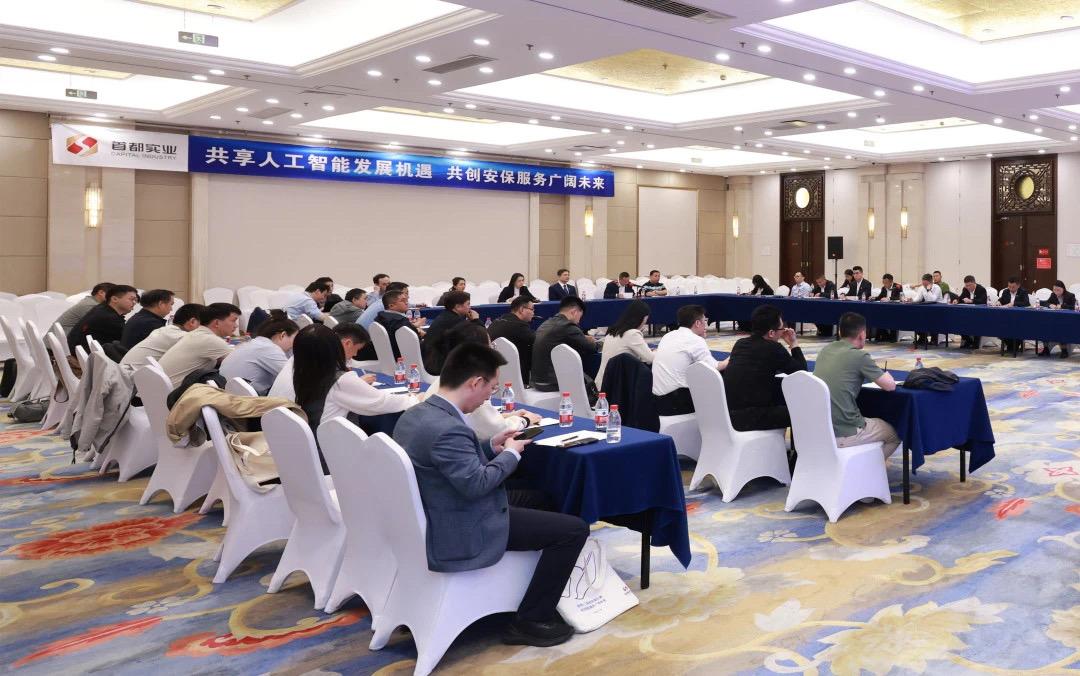Standards System Unveiled for Carbon Goals
By?LI?Linxu
In its latest moves to advance green and low-carbon development, China has released a guideline on establishing a standards system for carbon peaking and carbon neutrality.
The guideline, which puts forward a framework for the standards system, as well as a series of basic principles, key targets, and major tasks, was recently released by 11 government bodies, including the National Development and Reform Commission (NDRC) and the Standardization Administration of China (SAC).
By 2025, no less than 1,000 national standards or industry standards will be established or revised, with a markedly increase in consistency with international standards, and a steady rise in energy consumption and energy efficiency standard indicators in key industries and products, according to the guideline.
The country also aims to take substantive participation in no less than 30 international standards in relevant green and low-carbon fields.

A demonstration project of carbon dioxide capture and sequestration in Yulin city, Shaanxi province. (PHOTO: VCG)
The standards system consists of four primary subsystems, which can be further subdivided into 15 secondary subsystems, and 63 tertiary subsystems, covering key industries and fields, such as energy, industrials, transportation, construction, agriculture and rural areas.
Standards are an important part of national infrastructure in quality, an important foundation for green and low-carbon development, and are of great significance to reaching carbon goals, said an official from NDRC, noting that the guideline has laid out the key standardization work in carbon peaking and carbon neutrality.
In recent years, great progress has been made in the standardization work for carbon peaking and carbon neutrality.
There are now more than 1,800 national standards, and 2,300 industry standards in China, covering the accounting and verification of carbon emission, energy conservation, non-fossil energy, new-type power system, resource recycling, and carbon sink.
International cooperation is greatly highlighted in the guideline, proposing to establish a working group on international coordination in relevant standards, and calling for strengthening international dialogue and exchanges.







